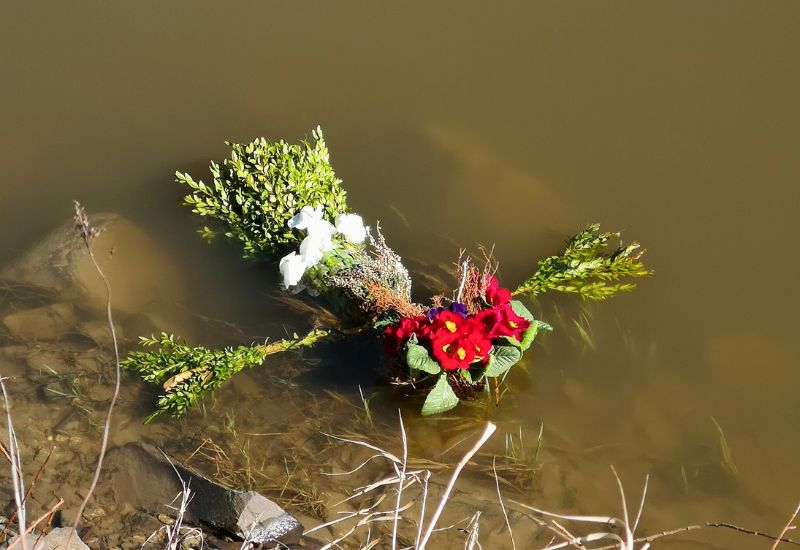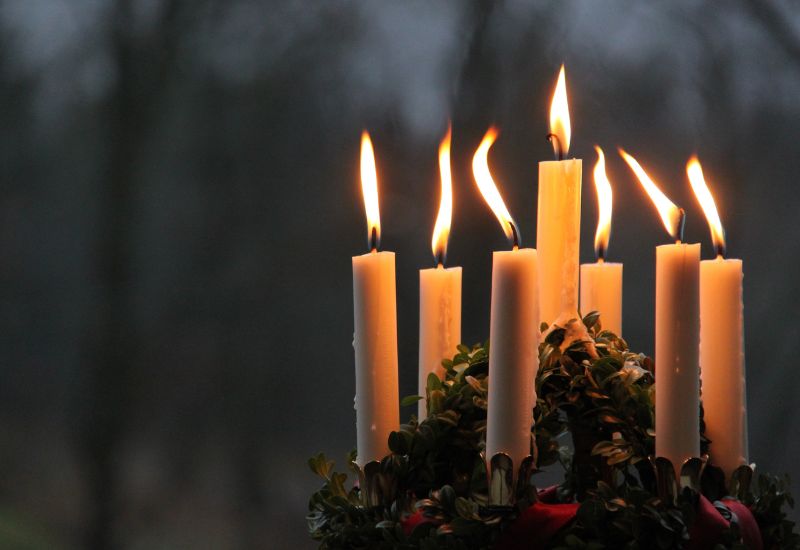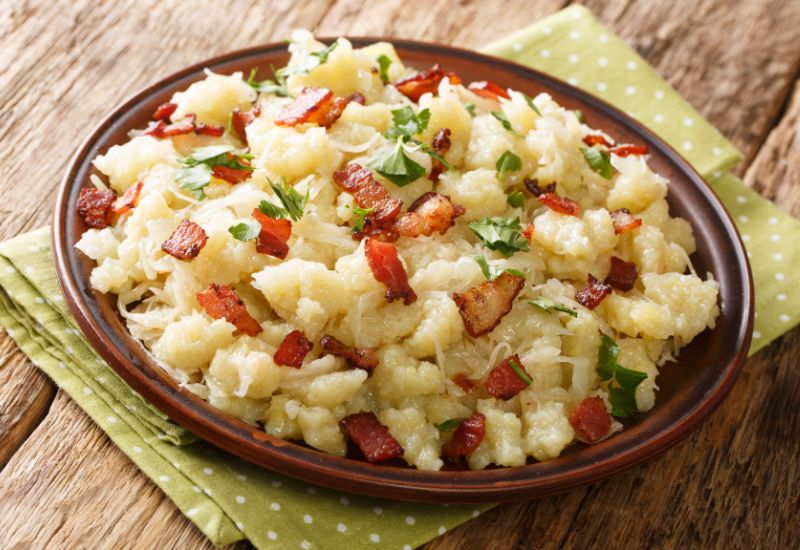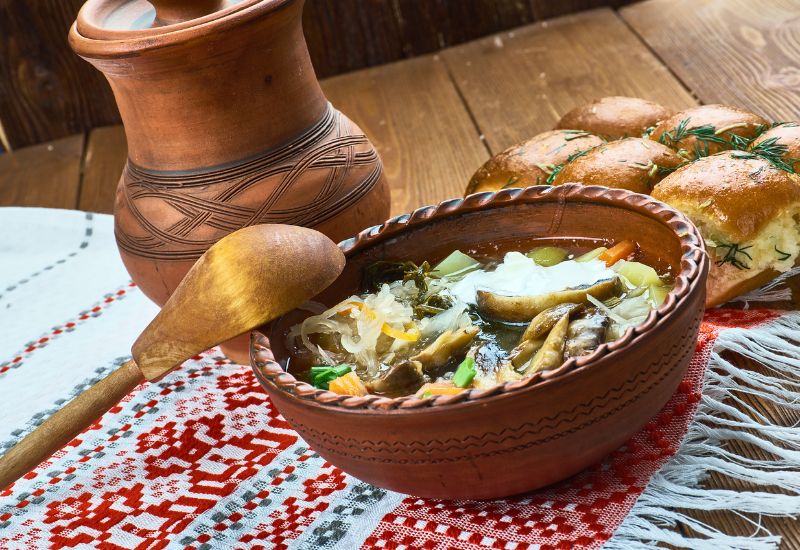Slovakian Culture
Customs and traditions
Slovakian culture is deeply rooted in the customs and traditions that have shaped the lives of people in the country for centuries, if not millennia. They are mainly embedded in a fear of the unknown and the inability to explain natural phenomena. The hope that customs and traditions would protect health and increase prosperity was equally integral to this early culture.
People inhabiting the region of modern-day Slovakia lived in close connection with nature, so many customs are deeply entwined with the natural world. New religious festivals and pagan customs became intermingled with the advent of Christianity.
The fact that customs and traditions have always exhibited and preserved a regional character is a particular feature of Slovak culture. “One village – own customs” is therefore a common saying in Slovakia.
Many regional festivals still exist in addition to the ones they share with us – for instance the carol singers, Easter and Christmas or the celebration of New Year’s Eve.

Taking out Morena is one example. Young girls carry a straw doll dressed in women’s clothing down to a stream, where her clothes are removed. The straw doll is then set on fire and tossed into the stream. What might be an odd custom for us actually symbolises the end of winter and the general longing for the cold months to pass and the warm sun to return.

Another common holiday in Slovakia is on 13 December – Lucia’s Day. According to popular belief, she was a witch who is mainly associated with love prophecies. Young women write down the names of men on twelve scraps of paper on this day, leaving a thirteenth one blank. The scraps of paper are folded, and one is then burned on each of the following days. The penultimate scrap is burned on Christmas Eve, leaving just one. It is then unfolded in the evening. The superstition is that the woman will marry the man whose name appears on this last scrap of paper. But the woman will not marry in the year ahead if the paper is blank.
Culinary specialities
Hungry visitors to Slovakia can look forward to a varied and high-quality cuisine for reasonable prices. Slovak cuisine is very diverse and has been shaped considerably by the historical ties to the neighbouring states of Hungary, Austria and the Czech Republic.

Those who enjoy cheese and dairy products will get their money’s worth, especially in the lofty mountain valleys. The lower-lying regions are best known for spicier dishes such as cabbage specialities or roast goose. The main ingredients in Slovak cuisine are milk, potatoes and sauerkraut, which are used to produce delicious dishes such as Strapačky – spaetzle noodles with sauerkraut.

But the Slovakian national dish is spaetzle noodles with brimsen – a salty sheep’s cheese – and bacon. The spaetzle are made from potato dough, mixed with the brimsen and then garnished with fried bacon. Buttermilk or sour butter is traditionally drunk with this dish.

Anyone looking to experience Slovak cuisine in all its glory should definitely sample one of the numerous soups and stews for lunch. The varieties range from vegetable broth to extravagant meat hotpots. There are many cookery schools where tourists can learn how to prepare traditional dishes in a one-day course, especially in the larger cities – such as the capital Bratislava. But it is worth booking well in advance, as they are very well-attended.
What are the typical drinks in Slovakia?
Aside from traditional dishes, Slovakia also boasts a wide variety of extremely tasty beverages. They include alcoholic drinks such as juniper schnapps or hriatô – a mixed drink with alcohol, fried bacon and honey. Wines from Slovakia also have a long tradition dating back to Roman times. The Franconian variety – Račianska frankovka – is highly recommended.
But Slovakia is not merely known for its highly alcoholic drinks. Beer is also a very popular beverage. The countless microbreweries are definitely worth a visit, in addition to the country’s larger brands. Guests will experience the fine art of brewing beer at first hand and naturally have the chance to sample the wares. A brief detour is definitely worth the journey!
Nice-to-know: It is common to give 5–10% as a tip. But that depends on the subjective quality of service.
Conclusion
Slovakia is a holiday destination with plenty to offer. It is a country with beautiful nature and a rich culture. Visitors should definitely sample the varied cuisine.
Have you been bitten by the travel bug and are you itching to experience a new culture?
Click here to book the right digital vignette for your trip to Slovakia.
